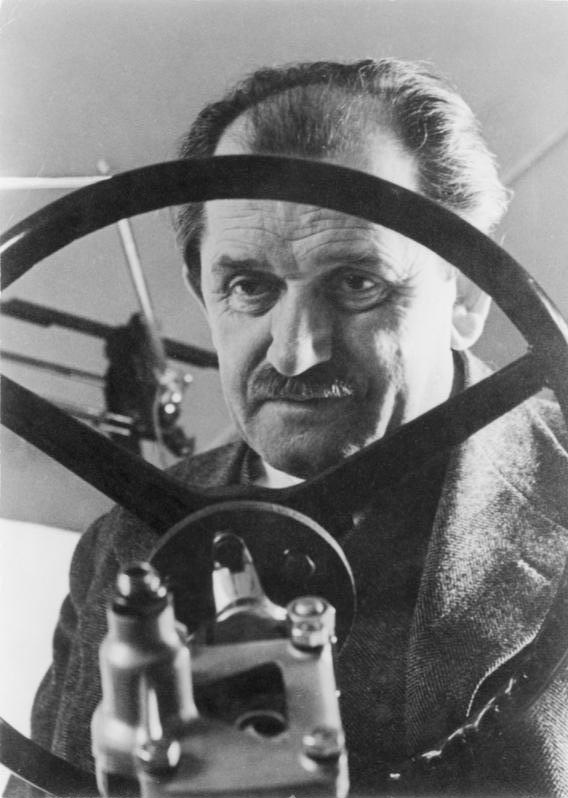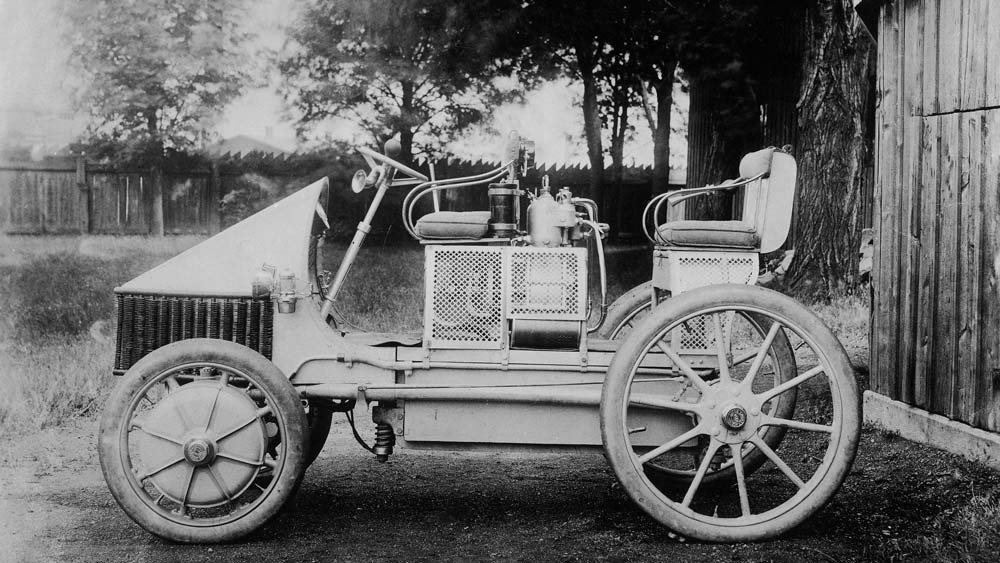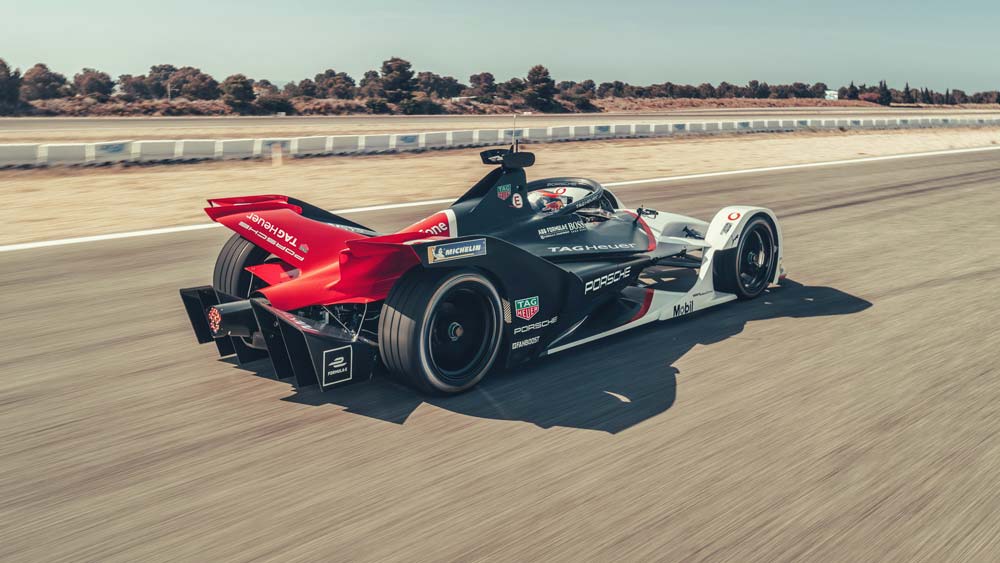The Hybrid-engine market represents today around 3% of the total automobile market in the world. As of April 2020, over 17 million hybrid electric vehicles have been sold worldwide since their inception in 1997. Japan itself has 7.5 million hybrid cars making this country the biggest country for this car segment. While hybrid cars are more and more fashionable due to planet issues, hybrid engines exist for a very longtime. For example, did you know that the first Porsche presented at the 1900 Universal Exhibition in Paris by Ferdinand Porsche had a hybrid engine? Flashback!
Ferdinand Porsche And His Fascination for Electricity
Ferdinand Porsche was born in Maffersdorf (Vratislavice nad Nisou) Bohemia, part of Austria-Hungary at that time, and today part of the Czech Republic. Ferdinand was his parents’ third child. His father was a master panel-beater. At a younger age, Ferdinand Porsche became passionate about electricity and showed a strong aptitude for mechanical work. He attended classes at the Imperial Technical School in Reichenberg (Czech: Liberec) at night while helping his father in his mechanical shop by day. As early as 1893, the 18-year-old Ferdinand Porsche installed an electric lighting system in his parents’ house.
In the same year, Porsche joined Vereinigte Elektrizitäts-AG Béla Egger in Vienna. After four years there, he progressed from mechanic to head of the testing department. In Vienna, he would sneak into the local university whenever he could after work. Other than attending classes there, Porsche never received any higher engineering education. During his five years with Béla Egger, Porsche first developed the “electric hub motor“.

It was a clever concept in which an electric motor is incorporated into the wheel’s hub and drives it directly. There was a US-patent back in 1884. The motor was incorporated into the wheel without gearing and addressed torque considerations through a new high torque, low rpm motor invented by Edward Parkhurst of Woburn, MA. Ferdinand Porsche raced the electric wheel hub motor in 1897 in Vienna, Austria. Porsche’s first engineering training was electrical, not internal combustion-based. As a result, he developed his first electric cars with electric wheel hub motors that ran on batteries.
The “Lohner Porsche”, Hybrid Engine For The First Porsche In History

Ferdinand Porsche’s fascination with electricity made his start in automobile manufacturing through electrical and hybrid engines. Despite having no formal engineering education, Mr Jacob Lohner, owner and founder of Lohner-Werke, hired him to develop an electric powertrain for his coaches. For that, he needed someone who could master electricity and transform that energy into movement. The young Ferdinand Porsche started immediately the work and he created a prototype car boasting a low-friction drivetrain to the electric motors mounted directly into the wheels. In the end, Elon Musk’s Tesla did not invent much right? Each electric engine was capable of 2.5 to 3.5 hp, peaking to 7 hp for short bursts.
On this prototype, the Lohner-Porsche Mixed Hybrid was born and being the first hybrid vehicle produced by Ferdinand Porsche and Lohner-Werke. The first models were two-wheel-drive powered by electric batteries with two front-wheels hub-mounted motors. Then, Ferdinand Porsche and Lohner-Werke wanted to get more speed which brought a new version of the car. This time the electric engines were mounted in each wheel. They were powered by electric batteries and a gasoline-engine generator.
In 1898, Ferdinand Porsche designed the Egger-Lohner C.2 Phaeton. The vehicle was powered by an octagonal electric motor, and with three to five PS it reached a top speed of 25 km/h. In 1899, Porsche joined the carriage maker in Vienna, k.u.k. Hofwagenfabrik Ludwig Lohner & Co.
In 1900, the first Lohner-Porsche Electromobile with this innovation was presented at the Universal Expo in Paris. With 2 x 2.5 PS it reached a top speed of 37 km/h. Lohner’s reason for a vehicle with an electric motor sounds as topical today as it did then, especially in relation to the era of mass motorisation: the air was “ruthlessly spoiled by a large number of petrol engines in use”. In the same year, Porsche designed the world’s first functional hybrid car, the “Semper Vivus” (Latin for Always alive).

However, the Lohner-Porsche also demonstrated why electric mobility has failed over the decades: despite its modest power output, the car weighed almost two tonnes. The lack of infrastructure and the short-range put an end to electromobility for a long time. Porsche extended the car’s range by not using a battery as an energy source, but instead using a combustion engine to drive a generator and thus supply the wheel hub with electrical energy. One year later, the production-ready version was born as the Lohner-Porsche “Mixte”.
More than 100 years later, Porsche Electric Origins Will Shape The Future

The idea was resurrected more than 100 years later: With the development of lithium-ion batteries suitable for use in vehicles and ever more stringent legal requirements for pollutant and carbon dioxide emissions, the focus turned once more to electric drive systems. With the Cayenne S Hybrid in 2010, Porsche paved the way for electromobility in the company. As the first parallel full hybrid in the luxury car class, the Panamera S Hybrid was the most economical Porsche to date with fuel consumption of 6.8 l/100 km (NEDC), despite a power output of 380 PS. Also in 2011, Porsche tested three all-electric Boxster E models. While testing more and more electric engines in competitions, Porsche improves its know-how in high-performance electric engines. Recently the first fully-electric race car from Porsche is now also ready for action. Starting in the 2019/20 season, Porsche competes in the ABB FIA Formula E Championship with a newly developed powertrain. Here too, the close interaction of racing and series development ensures smooth feedback.
José Amorim
Information sourced by the author for luxuryactivist.com. All content is copyrighted with no reproduction rights available. Images are for illustration purposes only. Images from the Porsche Newsroom are properties of Dr. Ing. h.c. F. Porsche AG
